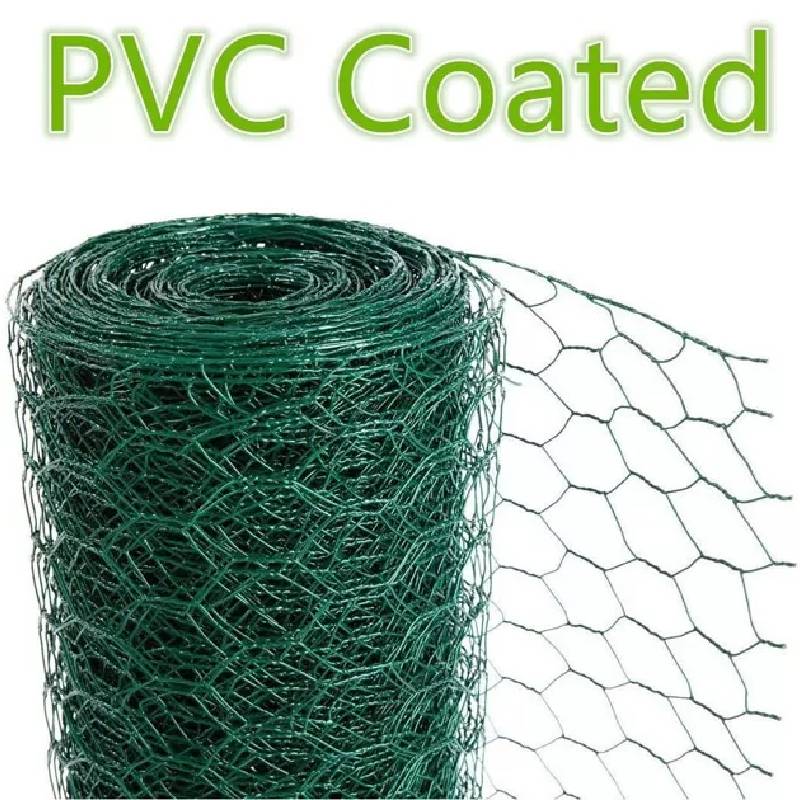
- Mobile Phone
- +8613931874955
- sales@cntcmetal.com
Innovative Spacer Solutions for Enhancing Structural Integrity of Reinforcing Mesh Systems
Understanding Spacers for Reinforcing Mesh Importance, Types, and Applications
Reinforcing mesh plays a crucial role in construction, especially in concrete applications. It serves as a vital component for enhancing structural integrity, ensuring durability, and providing support to various structures. One of the key elements in the effective use of reinforcing mesh is the incorporation of spacers. This article explores the significance of spacers for reinforcing mesh, their types, and their applications.
The Importance of Spacers
Spacers are devices used to maintain a consistent distance between reinforcing bars or mesh and the concrete cover. This spacing is paramount because it ensures that the concrete can effectively encase the reinforcement, promoting a durable bond that can withstand the stresses and forces that the structure may encounter over time. Furthermore, maintaining the correct cover depth of the reinforcement protects it from environmental factors such as corrosion, fire, and mechanical wear.
Proper use of spacers also contributes to the uniform distribution of concrete around the mesh, which is crucial for achieving the desired strength and load-bearing capacity. If the spacing is incorrect, it can lead to areas of weakness within the structure, potentially resulting in catastrophic failures. Thus, selecting the right spacers is essential for ensuring the longevity and safety of the construction.
Types of Spacers
Spacers come in various types, each designed for specific applications and environments
. Here are some of the most common types1. Plastic Spacers Plastic spacers are lightweight and resistant to corrosion, making them ideal for use in environments where moisture is a concern. They are available in various sizes and shapes, allowing for customization based on the thickness of the reinforcement and the required cover.
spacers for reinforcing mesh

2. Concrete Spacers These spacers are typically made from concrete and offer excellent durability. They can bear heavy loads and are often used in heavy-duty applications. However, they can be cumbersome and are not as easily adjustable as plastic spacers.
3. Metal Spacers Metal spacers are used in environments where high strength is required. While they are robust, they can be susceptible to corrosion if not treated properly. Therefore, they are less common compared to plastic or concrete options.
4. Pre-formed Spacers Pre-formed spacers come in various shapes, such as crosses or blocks, and are designed to fit specific mesh configurations. They provide consistent spacing and are easy to install, making them a popular choice for many construction projects.
Applications of Spacers in Construction
The applications of spacers for reinforcing mesh are widespread across various construction projects. In residential buildings, they ensure that the foundations are secure and that the walls can withstand the pressures exerted by the loads above. In commercial construction, spacers help maintain the structural integrity of parking garages, high rises, and other large-scale projects.
Moreover, spacers are essential in infrastructure projects such as bridges and highways, where they help manage the stresses associated with traffic loads and environmental conditions. Their use is also identified in precast concrete elements, which rely on precise spacing for effective bonding and strength.
Conclusion
In summary, spacers for reinforcing mesh are a critical component in construction that significantly influences the strength, durability, and safety of concrete structures. Understanding the different types of spacers and their appropriate applications is essential for engineers and builders alike. Properly selected and installed spacers can lead to more resilient structures, capable of withstanding the test of time and the forces of nature. Therefore, investing in high-quality spacers is not just a matter of compliance; it's a commitment to building safer, stronger, and more reliable structures for the future.
share:
-
Your Source for Concrete Wall Ties and Masonry AccessoriesNewsJul.10,2025
-
Unlocking the Power of Iron Wire for Every ProjectNewsJul.10,2025
-
Explore Advanced Chain Wire and Stainless Steel Mesh FencingNewsJul.10,2025
-
Discover the Benefits of Annealed Wire ProductsNewsJul.10,2025
-
Discover China Stainless Steel Wire Mesh SolutionsNewsJul.10,2025
-
Build with Confidence Using High-Performance Masonry AccessoriesNewsJul.10,2025
-
Why Sacrificial Formwork Is Redefining Underground ConstructionNewsJun.06,2025



















